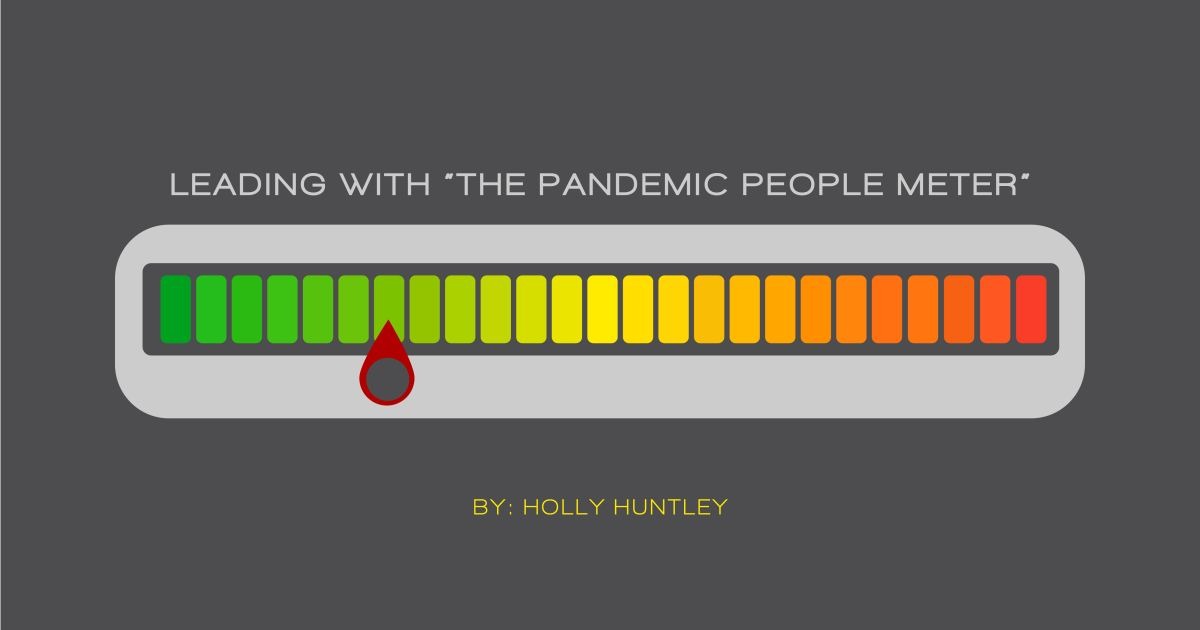Recognizing individual needs and what motivates others is always an important skill for managers. In times of crisis, we must also recognize that everyone handles stress differently. Now it’s more important than ever for managers to tune into how others are reacting to these challenging times, and determine what you can do to support them.
Humans don’t react well to uncertainty. Uncertainty creates pressure, and pressure impacts people in different ways. Sometimes pressure boosts productivity, and sometimes productivity pays a price. In psychology, the relationship between arousal levels and performance is known as the Yerkes-Dodson Law, which posits that increased arousal (aka stress) may boost performance up to a certain threshold—but over time, excessive pressure can have the opposite effect. So, our productivity during a prolonged crisis will vary by person and also by the day.
While working remotely, I’ve been leading weekly meetings with our account team to check-in. In our new normal, we have three discussion points on the agenda:
- Are you mentally clear?
- Are you productive?
- What support do you need?
Like any good consultant, I came up with my own matrix, the Pandemic People Meter, to help people to self-identify their current state. The Pandemic People Meter recognizes that sometimes you have mental clarity and are highly productive, but sometimes these two dimensions are not in sync.

It’s normal during times of uncertainty and fear to respond with “fight or flight.” For example, some people may focus on mental clarity but at the expense of productivity. These employees are “In a Deep Philosophical State” and are taking “flight.” Managers should recognize that employees in this corner of the People Meter may need a break. When they’re able to focus on work, redirect them with a task that has personal meaning or purpose.
At the other end of the spectrum, when people are highly productive but mentally unclear, they’re “In Overdrive”—the biological “fight” response. These are the folks who are working around the clock and at risk for burnout. Encourage them to demonstrate self-care. Taking a walk, doing a 10-minute meditation, or having a quick chat with a friend or family member are just a few ways that these employees can relieve their stress during the workday.
Employees “In the Zone” are adapting well and maintaining balance. This is the group that you can delegate more assignments to—and they can also help to support others on the team who are struggling.
Finally, “The Lost Souls” are struggling with both productivity and mental clarity. Work with them to develop an individualized plan to get back on track or make sure they have access to a mental health professional. Managers should never overstep boundaries and play therapist if professional psychological help is needed.
It’s normal for all of us to cycle through these modes frequently. Some days will be better than others. The bottom line is mental health is at stake for all of us; normal coping mechanisms may no longer work. Now is the time to actively check in with your people and find out what they need to make it through each day.

